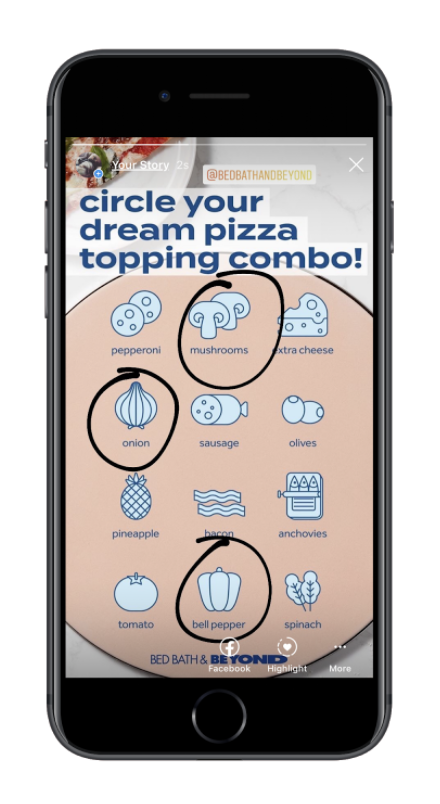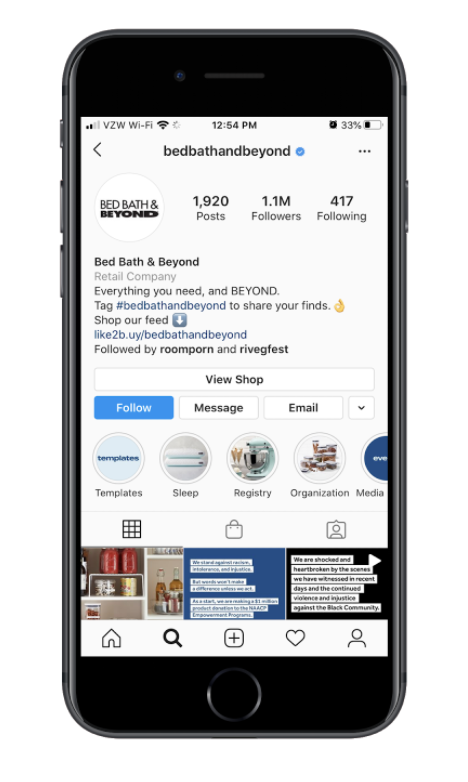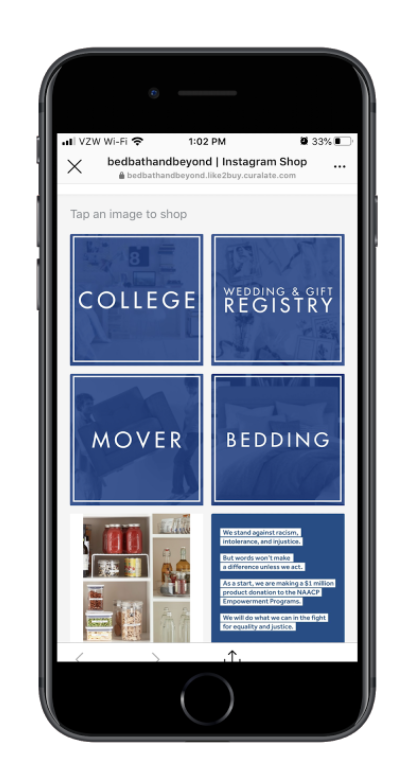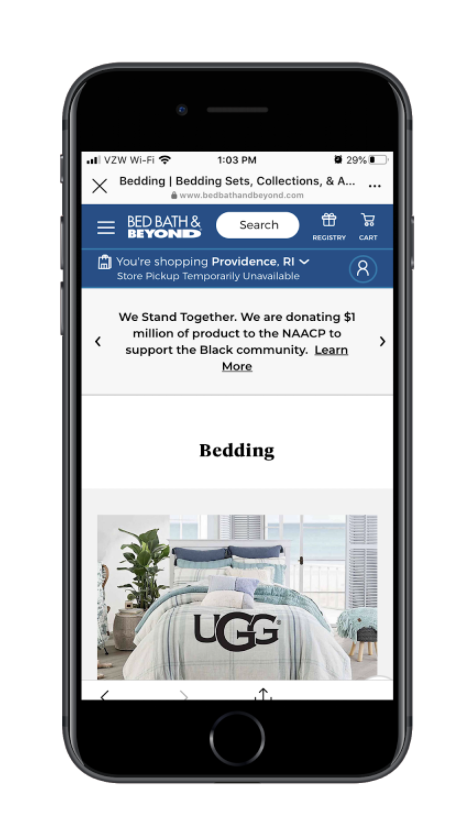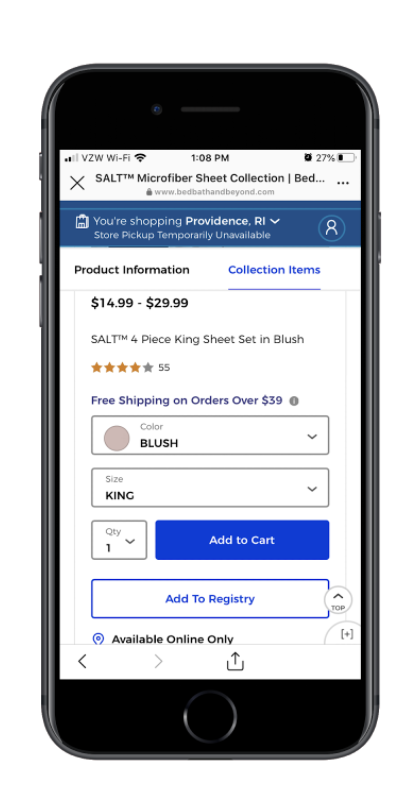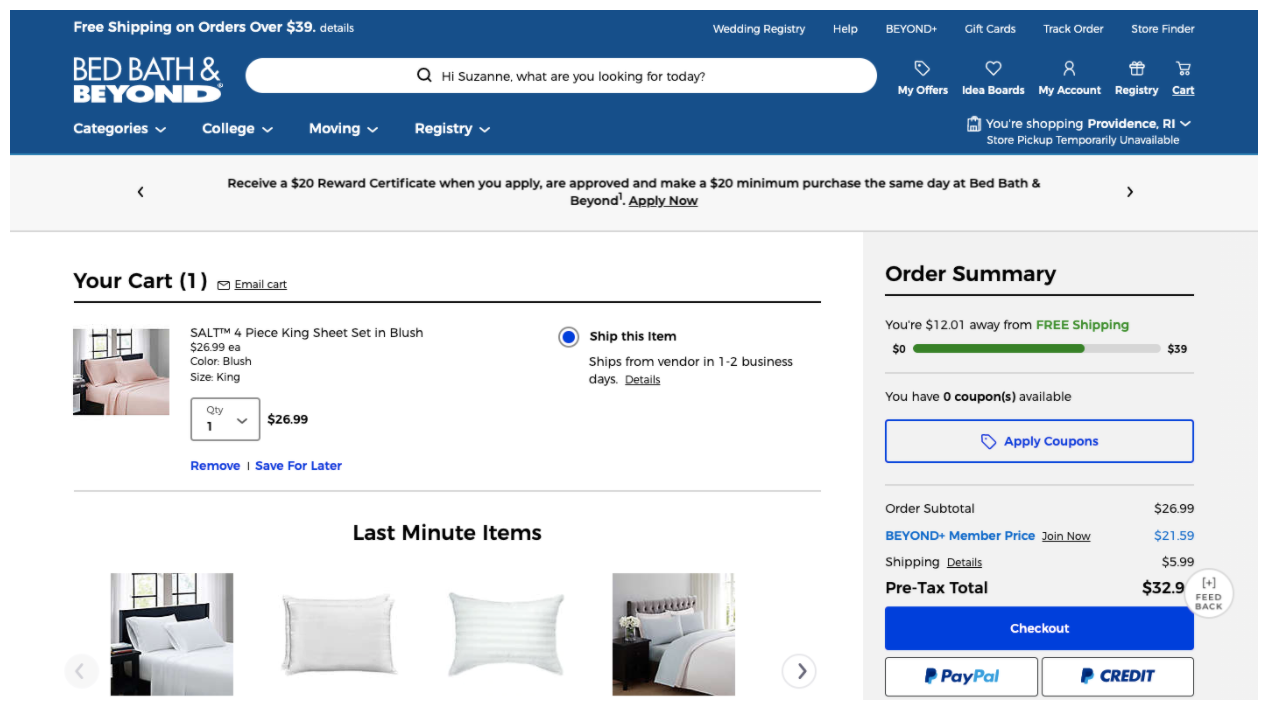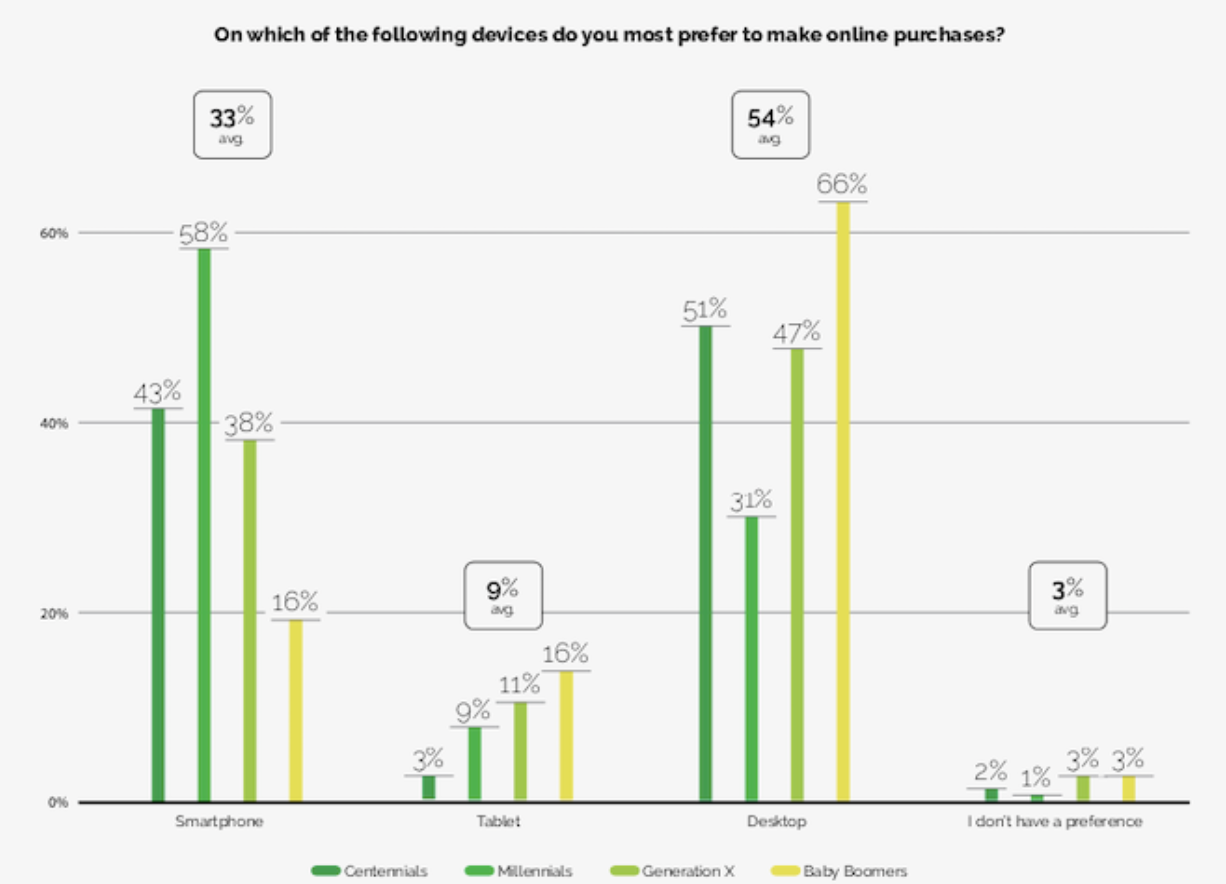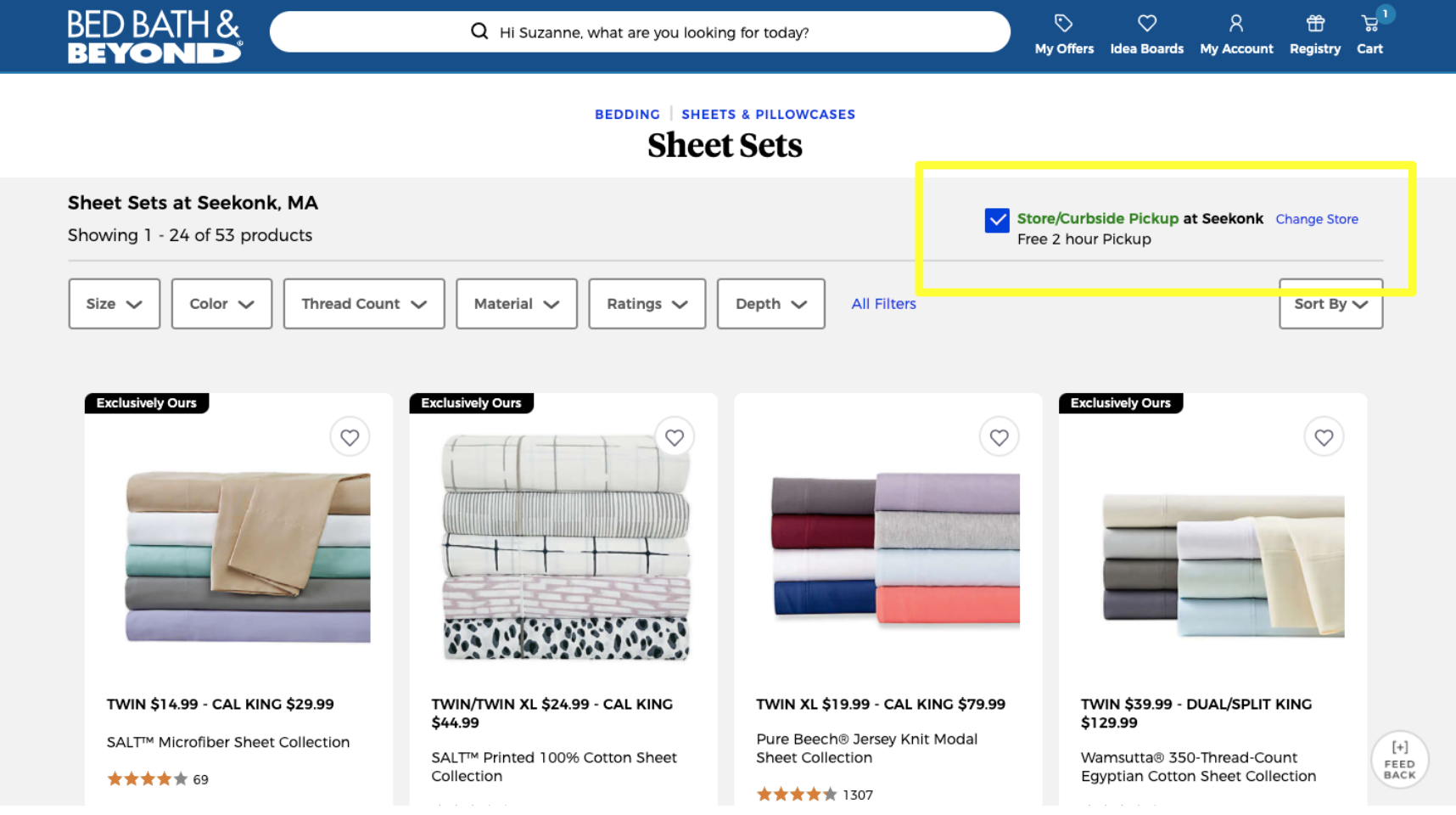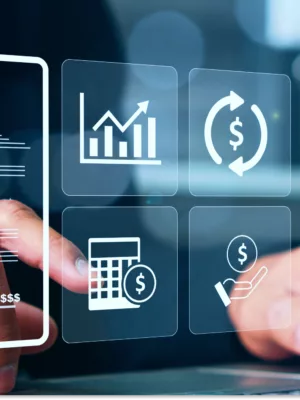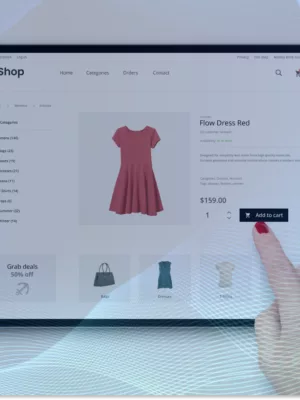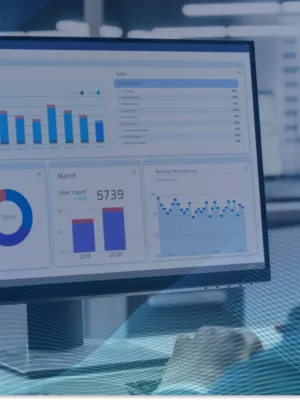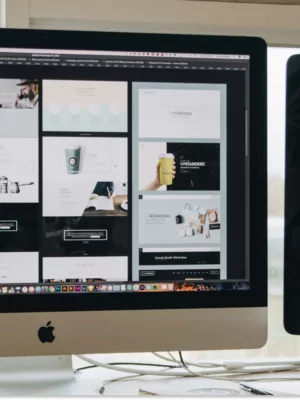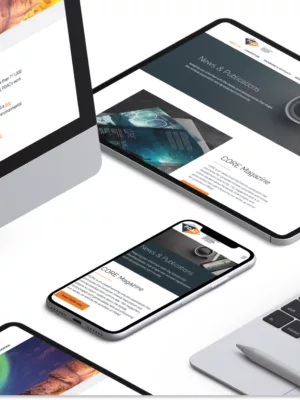
Shopping habits have fundamentally changed. Customers move fluidly between physical stores, mobile apps, social media, and websites—often within a single purchase journey. This seamless movement across channels defines the omnichannel experience, setting new standards for retail success.
Research shows a clear gap: while customers expect unified shopping experiences, most retailers struggle to deliver. The barriers aren't just technical—they're strategic. Knowing how to effectively connect these touchpoints can make the difference between growth and stagnation.
This guide examines the essential elements of omnichannel experience, backed by real examples and practical implementation steps. You'll learn exactly what works, what doesn't, and how to build a strategy that drives measurable results.
What is Omnichannel?
The term "omnichannel" combines two key elements: "omni," derived from Latin "omnis" meaning "all" or "universal," and "channel," referring to a path or medium for communication or distribution.
First coined in 2010 by the retail industry, omnichannel evolved from earlier terms like "multichannel" and "cross-channel." The prefix shift from "multi" (many) to "omni" (all) signaled a fundamental change in retail strategy—moving from simply having multiple channels to having all channels work as one unified system.
This etymology reflects its core purpose: creating a universal, interconnected experience rather than just maintaining multiple separate touchpoints.
Understanding this foundation, let's explore what makes up a comprehensive omnichannel system and how these various channels work together to create a seamless customer experience.
What is Omnichannel Experience?
Omnichannel experience connects all customer interactions across digital and physical touchpoints into one continuous journey, synchronizing data, preferences, and interactions between channels in real-time.
Modern shopping behavior flows across multiple channels by default. Customers move naturally between platforms, expecting consistent experiences at each step. An effective omnichannel experience strategy anticipates these movements, creating seamless transitions between touchpoints.
Here's a comprehensive overview of essential omnichannel components:
| Channel Type | Key Components |
Core Digital Touchpoints |
|
External Channels |
|
Marketing & Communication |
|
Physical Retail |
|
Success in omnichannel stems from strategic channel selection and optimization aligned with customer journeys, not from maintaining presence on every available platform.
While understanding the components of omnichannel experience is essential, seeing how these elements work together in practice illustrates their true impact. Let's examine a real-world example of an omnichannel journey.
The Omnichannel Experience in Action
There’s no straight-forward pathway that shoppers take. So, the best you can do is anticipate where they’ll encounter your store or brand and what they need from you at that exact moment.
Let’s use the example of Bed Bath & Beyond to see how this might play out with customers and how the retailer has carefully designed each of its touchpoints:
Touchpoint 1: Instagram branded content
Bed Bath & Beyond uses Instagram Stories to share games with its followers. Let’s say a loyal customer and Instagram follower decides to play.
They screenshot the game board and then upload it to their Stories, tagging @bedbathandbeyond:
Touchpoint 2: Instagram company page and store link
One of this person’s followers sees the Story in their feed and thinks, “Oooh! Bed Bath & Beyond! I keep meaning to buy new bed sheets.”
So, they click the tagged @bedbathandbeyond and go to their Instagram profile which undoubtedly includes a quick link to either the website or mobile app:
They click the link and see a list of popular categories, of which Bedding happens to be one of them:
Touchpoint 3: Ecommerce website
The shopper is transported to the right section of the mobile website and now has a number of options to consider:
Do I have the time to put around on my phone and find the sheets I want?
If so, the mobile site is set up nicely for them to do so.
Plus, some of the work’s already been done for them as the Instagram link to them is in the category they’re interested in.
Do I need to buy them now, or should I save them for later?
They might decide to do their research and product comparison on the mobile site but then save the items to the cart or a wishlist to follow up on later.
This will require them to have an account, but if it improves their shopping experience and comes with extra benefits (like rewards and exclusive discounts), they’re likely to use the option.
That’s actually what happens a lot of time as more customers find that the desktop website provides a better shopping experience, according to research from Yes Marketing:
Do I try to find a product that’s in stock locally?
If they’re in a rush, customers can enable the geo-tracking feature and let the website tell them if the bed sheets they’re interested in are currently in stock for pickup.
This would spare them the trouble of having to hunt down exactly what they need in the store and instead go straight to pickup.
Touchpoint 4: Promotional email
However the customer decides to make their purchase, they’re likely to start receiving promotional emails. And, not only that, emails that are relevant to their purchase and search history.
This essentially starts the cycle all over again, though the path they take to conversion may look different next time.
Each touchpoint in this journey compounds the customer's data profile—from initial social media engagement to final purchase. When they move from Instagram to the website, their interest in bedding gets logged. As they browse on mobile, their product preferences are recorded. If they switch to desktop, those preferences inform product recommendations. By the time they receive email promotions, the system has built a detailed understanding of their shopping patterns, enabling truly personalized communication.
With this understanding of how omnichannel experience works in practice, let's explore the essential steps and technologies needed to build an effective omnichannel strategy.
How to Create an Omnichannel Experience for Your Customers
The ultimate goal in omnichannel commerce isn't replicating experiences across channels or maintaining omnipresence. Rather, it focuses on enhancing the overall shopping experience through strategic channel optimization.
This optimization relies heavily on customer data gathered across touchpoints. Each interaction provides valuable insights that shape personalized, seamless experiences. The key is transforming this data into actionable improvements using the right technology stack.
Two critical elements drive successful implementation:
The Cloud
Cloud infrastructure provides the essential foundation for omnichannel success. It enables real-time data synchronization between channels, ensuring customer information flows seamlessly from social media interactions to in-store purchases. This architecture supports scalable operations while maintaining consistent performance across all touchpoints, creating a unified system that adapts to growing business needs.
Expert Implementation
Expert implementation partners bring crucial knowledge of cloud technology within the e-commerce context. Their experience navigating complex integrations, optimizing data flow, and architecting robust systems ensures proper deployment. This expertise transforms technical capabilities into practical business advantages, creating sustainable omnichannel growth.
These elements work together to deliver truly integrated experiences while maintaining flexibility for future expansion.
While the technical foundations enable omnichannel implementation, understanding its importance drives strategic investment and adoption.
Why Omnichannel Experience Matters
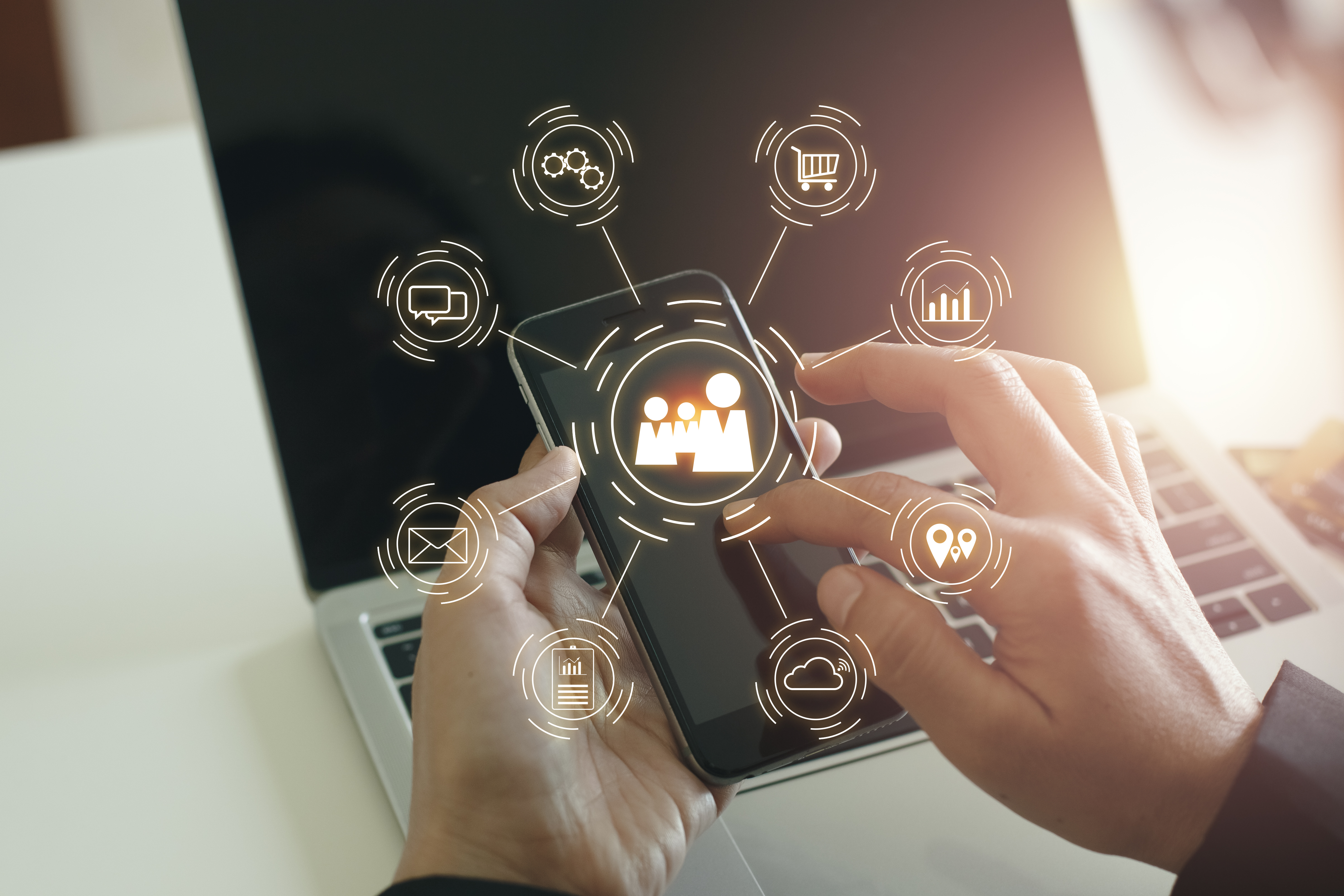
The shift to omnichannel responds to fundamental changes in shopping behavior. Research shows companies with strong omnichannel strategies retain 89% more customers compared to those without. This impact stems from three key factors:
Customer Expectations: Modern consumers expect fluid movement between channels. They check products in-store, compare prices on mobile, and complete purchases on desktop—often within a single journey. Companies lacking seamless integration risk losing customers at each transition point.
Competitive Advantage: Effective omnichannel creates barriers to competition. When customers experience truly integrated shopping, switching to competitors becomes less appealing. Their purchase history, preferences, and loyalty benefits create "sticky" relationships that drive retention.
Business Intelligence: Unified customer data across channels provides deeper insights into buying patterns and preferences. This intelligence enables better inventory management, targeted marketing, and personalized experiences that drive higher conversion rates.
Conclusion
Omnichannel experience transforms scattered customer touchpoints into one cohesive journey. From its evolution beyond multichannel retail to the integration of physical and digital spaces, successful implementation requires strategic channel selection, robust infrastructure, and expert deployment.
As consumer expectations evolve, maintaining consistent, data-driven experiences across channels becomes not just an advantage but a necessity for retail success.
Partner with Omnichannel Experts
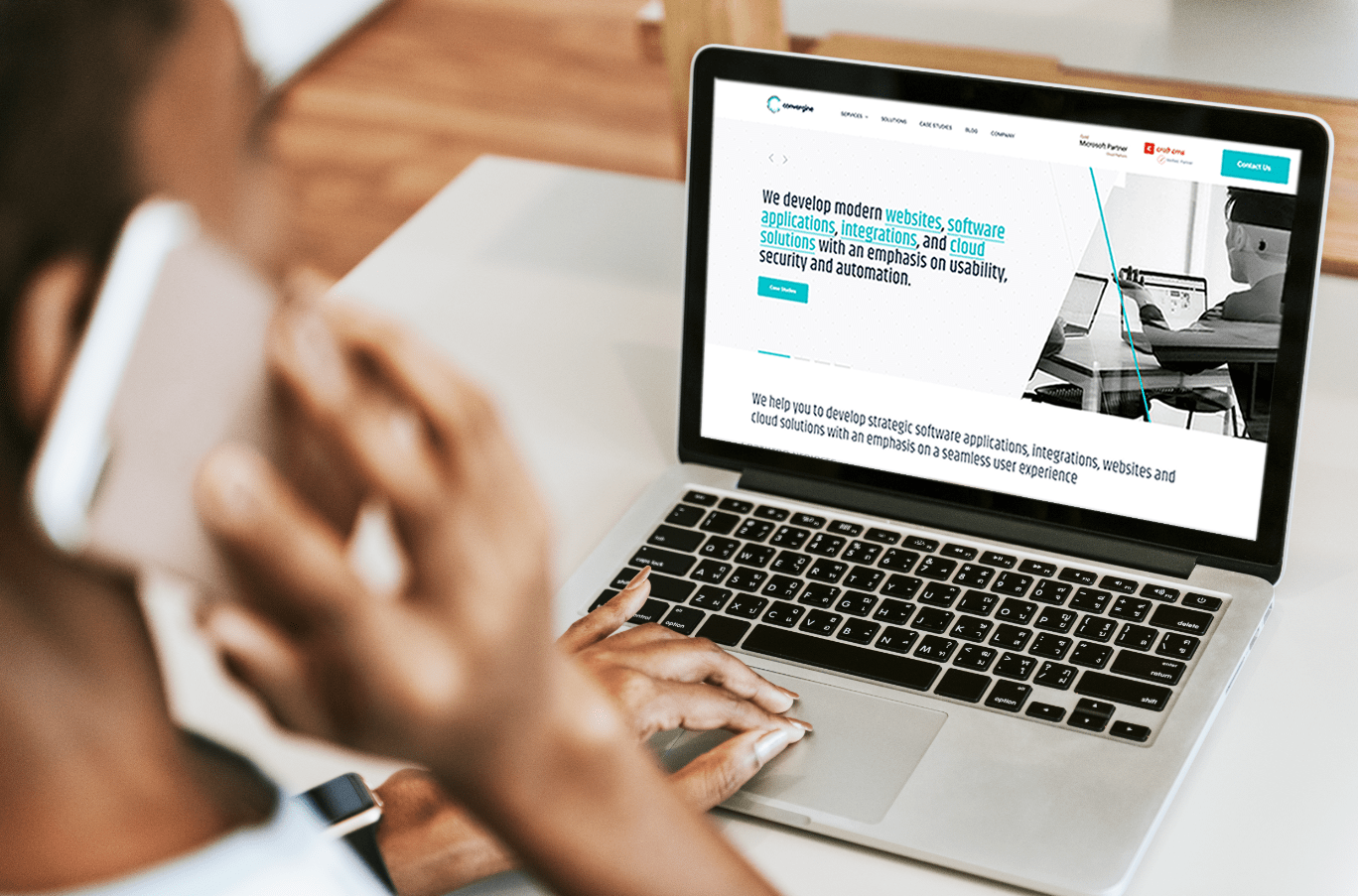
Building an effective omnichannel strategy requires both technical expertise and strategic vision. The right partner understands not just the technology but also how it drives business growth through enhanced customer experiences.
Ready to transform customer journeys? Let's explore how data-driven omnichannel strategies can elevate retail operations. Book a consultation to start the conversation.



